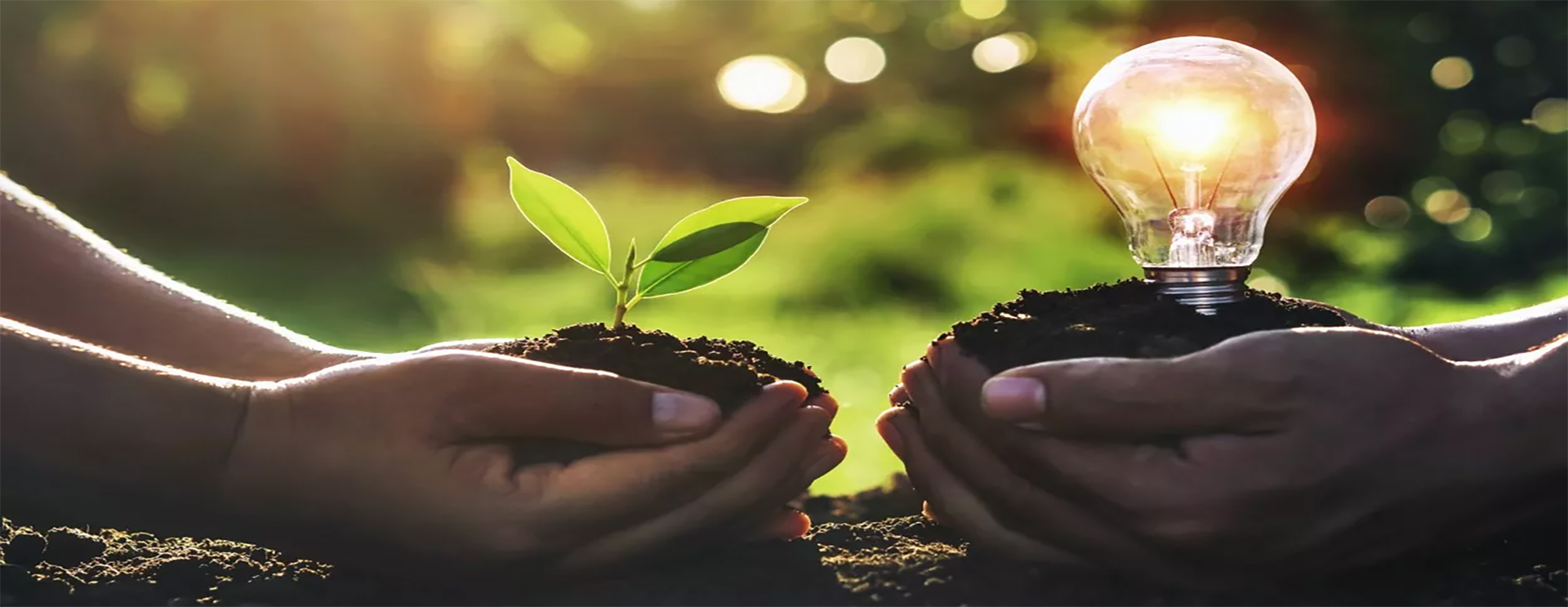Environmental issues are concerning which is why sustainability has become critical to packaging selection. Many companies are now making bold commitments towards making their packaging more environmentally friendly and looking for innovative options to accelerate that change. In fact, sustainable packaging now accounts for almost 25% of all packaging sold. But when it comes to making the best decision for your brand, not all sustainable packaging material options are equal. They are listed in chronological order, below, starting with glass and paper, which were first used in ancient times, through to metal, and more recently, plastic and molded fiber.
Glass
Glass, like metal, can be recycled infinitely without degradation of material quality. Unfortunately, though, glass is often not recycled.
From a sustainability standpoint, glass packaging has limitations. Glass containers are typically heavier than other alternatives, which can increase the environmental impact of product transportation. Also, the production of glass, especially new glass, is highly energy-intensive. Only 33% of glass containers are recycled in the U.S., and it has been phased out of several single-stream recycling programs because broken glass contaminates other materials. Glass packaging that is not disposed of correctly may cause harm to humans and animals.
Paper-based packaging and corrugated cardboard
When it comes to recycling, paper and corrugated perform a lot better than plastic. Paper and paperboard are recycled at a rate of almost 66%, while around 90% of corrugated is recycled. Paper-based packaging suppliers are becoming increasingly adept at increasing recycled content without compromising performance.
There are limits to the recyclability of paper, however. With each use, the fibers become shorter until a point where they must increasingly be supplemented with the blending of virgin material, depending upon the intended product. And if paper packaging material does find its way to the landfill, it is likely to biodegrade and generate landfill gas emissions. Paper-based packaging makes up about 26% of space in municipal landfills. Moreover, paper production has a significant environmental footprint. It requires a lot of water and generates about 20% of the toxic waste released into the air in the U.S.
Aluminum and steel
Both aluminum and steel are also widely recycled. Almost 75% of all aluminum ever produced in the U.S. is still in use. And unlike plastic or paper-based products that degrade after each use, metal can be recycled repeatedly without quality degradation. Aluminum containers also boast a lighter weight and more compact geometry than glass bottles, making them more efficient to ship.
Metal, however, is a non-renewable resource. Bauxite must be mined to produce new aluminum, harming the environment. Bauxite dust results in air, water and soil pollution, while the leaching of bauxite into groundwater may reduce soil fertility and impact aquatic life.
Plastic
Despite public backlash, there are reasons why plastic has become such a popular material. As a synthetic, it can be designed to create lightweight, effective packages that help reduce food waste and keep products hygienic. The energy requirements and the associated carbon footprint for producing plastic packaging are lower than for other materials. Additionally, plastic packages can also help reduce the environmental footprint of freight because they are lightweight. Finally, many plastics are recyclable, although the reality is that the recycling rate is very low – only 9%.
Issues such as ocean plastic, shoreline litter and low recycling rates have outraged consumers.More than 8 million tons of plastic find their way into oceans every year, to the extent that more than half of sea turtles and almost every seabird worldwide have ingested plastic. Research has suggested that oceans could contain more plastic than fish (by weight) by 2050. And given the low recycling rate, the manufacturing of new plastic packaging relies on the continued extraction of non-renewable fossil fuels.
Bioplastic and biodegradable plastic
Biodegradable plastic and bioplastic have been touted as greener alternatives to conventional plastic while offering similar benefits to those listed above, but there is a reason for doubt. Biodegradable plastic is made to safely decompose in nature, but particular conditions are needed for it to do its job. For example, it does not typically biodegrade within landfills or in deep ocean waters. Finally, biodegradable plastic cannot be recycled with conventional plastic.
Bioplastic is another purportedly greener version of plastic because it uses renewable feedstock such as sugars extracted from corn. Critics argue, however, that croplands are more urgently needed for food production.
Molded fiber
Finally, let’s consider molded fiber. In the past, it was popular for a few applications such as egg cartons or bowls. Increasingly, however, high end cosmetic molded fiber products are finding favor in industries such as electronics, pharmaceutical and cosmetics, favored for features such as superior protection and light weight. Additionally, the “take on” rate for molded fiber is surging because providers have dramatically improved the aesthetic appearance of molded fiber products to achieve a plastic-like feel and smooth draft angles. Molded fiber fits the bill as a sustainable packaging material in that it is made from recycled fiber such as recovered paper and corrugated or from otherwise responsibly sourced, green material including agricultural residuals. Molded fiber production utilizes a lot of waste by converting it into packaging. Then, at the end of its life, it is fully recyclable and biodegradable. There are no worries about the ocean plastic and low recycling rate associated with plastic, nor about non-renewable resource extraction tied to materials such as plastic and metal.
Molded fiber is catching on. For example, starting in March 2020, Pepsi is using molded fiber to replace plastic beverage rings in a California trial. In product categories such as leading consumer electronic products, the shift from plastic to molded fiber is well underway for many major players such as Apple, Google, Huawei, Philips, Samsung and Xiaomi.
If you are looking to get away from oil-based forms of packaging and other packaging materials tied to non-renewable resource extraction and polluting processes, you have options. In a sea of alternatives, molded fiber stands out as a sustainable packaging material that checks all the boxes ranging from responsible material sourcing to end of life recycling and composting options.











